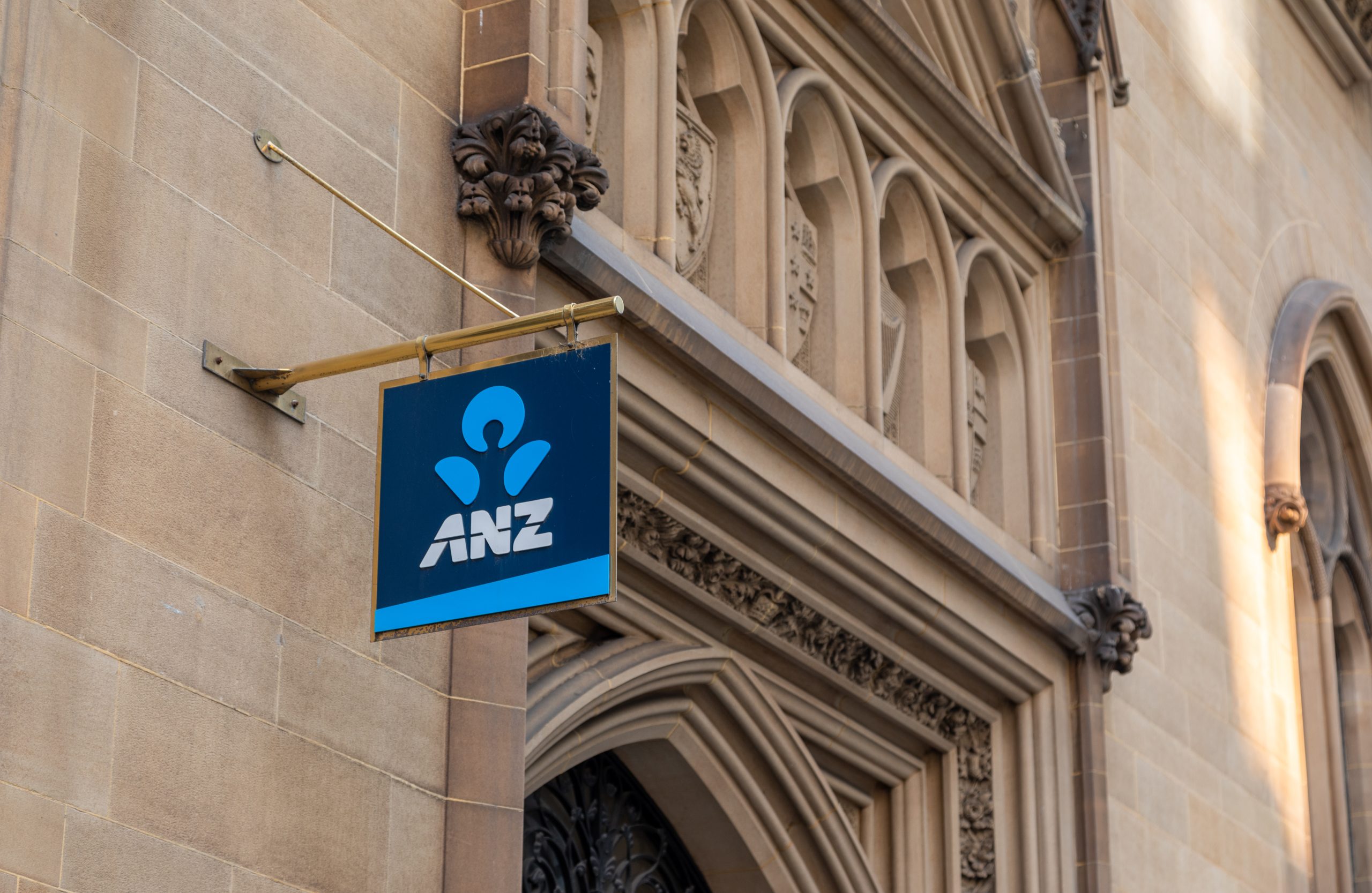Banks Earn Billions Thanks To Higher Interest Rates
ANZ, NAB and Westpac all reported higher interest income in FY23
Westpac, ANZ and National Australia Bank have reported their full-year results over the past fortnight, delivering billions in profits and splashing out boosted dividends to their shareholders.
Following 13 interest rate rises from the Reserve Bank since May 2022, all three of the big four banks reported a lift in their net interest income, which is the difference between the interest income they earned on loans less the interest they paid on customers’ savings deposits.
Rising interest rates mean the banks can charge more interest on existing and new loans. But they also have to pay higher interest on their wholesale funding to fund new loans, plus they have to pay a higher interest rate to customers with savings accounts. So, the Reserve Bank’s 13 rate rises did not go wholly and directly to the banks’ bottom lines.
In fact, all three banks reported that their business and institutional divisions produced the best results in FY23 – not their home loan divisions. But this is cold comfort to the millions of Australians whose home loan repayments have gone up exponentially over the past two years.
Here is a review of each bank’s full-year results for the 12 months ending 30 September.
Westpac
Westpac reported a 7% increase in net interest income to $18,317 million and a 26% increase in statutory net profit after tax (NPAT) to $7,195 million. The bank declared a final fully franked dividend of 72 cents per share, bringing its full-year dividend to 142 cents per share, up 14% on FY22. Westpac also announced a $1.5 billion share buyback.
National Australia Bank
NAB reported a 13.2% increase in net interest income to $16,807 million and a 7.6% boost to NPAT at $7.414 million. The bank announced a fully franked final dividend of 84 cents per share, which brought its full-year dividend to 167 cents per share, up 11% on FY22.
ANZ
ANZ reported net interest income of $16,581 million, up 11%, and statutory NPAT of $7,098 million, down 0.3%. The bank declared a final dividend of 94 cents per share, comprising 81 cents with 65% franking and a one-off unfranked dividend of 13 cents. This brought its full-year dividend to 175 cents per share, up 20% on FY22.
The Commonwealth Bank reports on a different cycle to the three smaller players within Australia’s ‘big four’.
This stylish family home combines a classic palette and finishes with a flexible floorplan
Just 55 minutes from Sydney, make this your creative getaway located in the majestic Hawkesbury region.
Continued stagflation and cost of living pressures are causing couples to think twice about starting a family, new data has revealed, with long term impacts expected
Australia is in the midst of a ‘baby recession’ with preliminary estimates showing the number of births in 2023 fell by more than four percent to the lowest level since 2006, according to KPMG. The consultancy firm says this reflects the impact of cost-of-living pressures on the feasibility of younger Australians starting a family.
KPMG estimates that 289,100 babies were born in 2023. This compares to 300,684 babies in 2022 and 309,996 in 2021, according to the Australian Bureau of Statistics (ABS). KPMG urban economist Terry Rawnsley said weak economic growth often leads to a reduced number of births. In 2023, ABS data shows gross domestic product (GDP) fell to 1.5 percent. Despite the population growing by 2.5 percent in 2023, GDP on a per capita basis went into negative territory, down one percent over the 12 months.
“Birth rates provide insight into long-term population growth as well as the current confidence of Australian families,” said Mr Rawnsley. “We haven’t seen such a sharp drop in births in Australia since the period of economic stagflation in the 1970s, which coincided with the initial widespread adoption of the contraceptive pill.”
Mr Rawnsley said many Australian couples delayed starting a family while the pandemic played out in 2020. The number of births fell from 305,832 in 2019 to 294,369 in 2020. Then in 2021, strong employment and vast amounts of stimulus money, along with high household savings due to lockdowns, gave couples better financial means to have a baby. This led to a rebound in births.
However, the re-opening of the global economy in 2022 led to soaring inflation. By the start of 2023, the Australian consumer price index (CPI) had risen to its highest level since 1990 at 7.8 percent per annum. By that stage, the Reserve Bank had already commenced an aggressive rate-hiking strategy to fight inflation and had raised the cash rate every month between May and December 2022.
Five more rate hikes during 2023 put further pressure on couples with mortgages and put the brakes on family formation. “This combination of the pandemic and rapid economic changes explains the spike and subsequent sharp decline in birth rates we have observed over the past four years,” Mr Rawnsley said.
The impact of high costs of living on couples’ decision to have a baby is highlighted in births data for the capital cities. KPMG estimates there were 60,860 births in Sydney in 2023, down 8.6 percent from 2019. There were 56,270 births in Melbourne, down 7.3 percent. In Perth, there were 25,020 births, down 6 percent, while in Brisbane there were 30,250 births, down 4.3 percent. Canberra was the only capital city where there was no fall in the number of births in 2023 compared to 2019.
“CPI growth in Canberra has been slightly subdued compared to that in other major cities, and the economic outlook has remained strong,” Mr Rawnsley said. “This means families have not been hurting as much as those in other capital cities, and in turn, we’ve seen a stabilisation of births in the ACT.”
This stylish family home combines a classic palette and finishes with a flexible floorplan
Just 55 minutes from Sydney, make this your creative getaway located in the majestic Hawkesbury region.


















